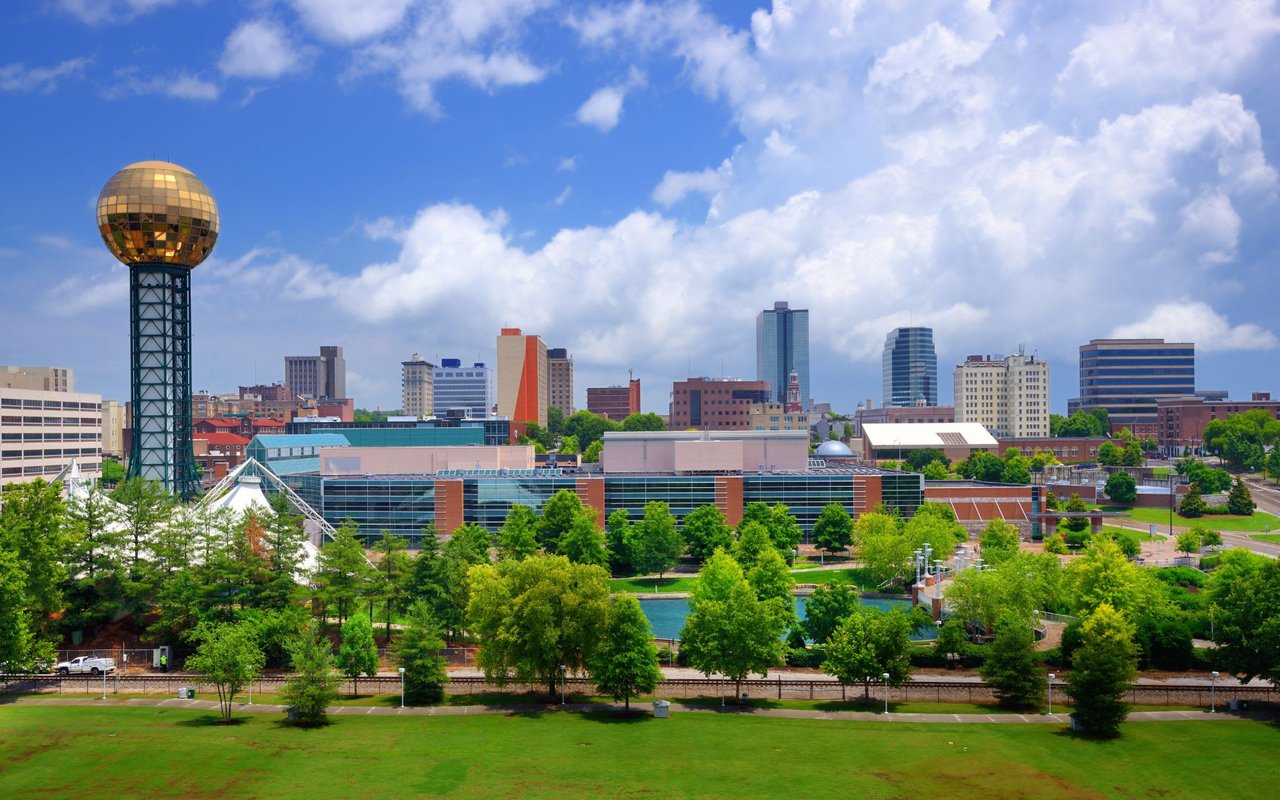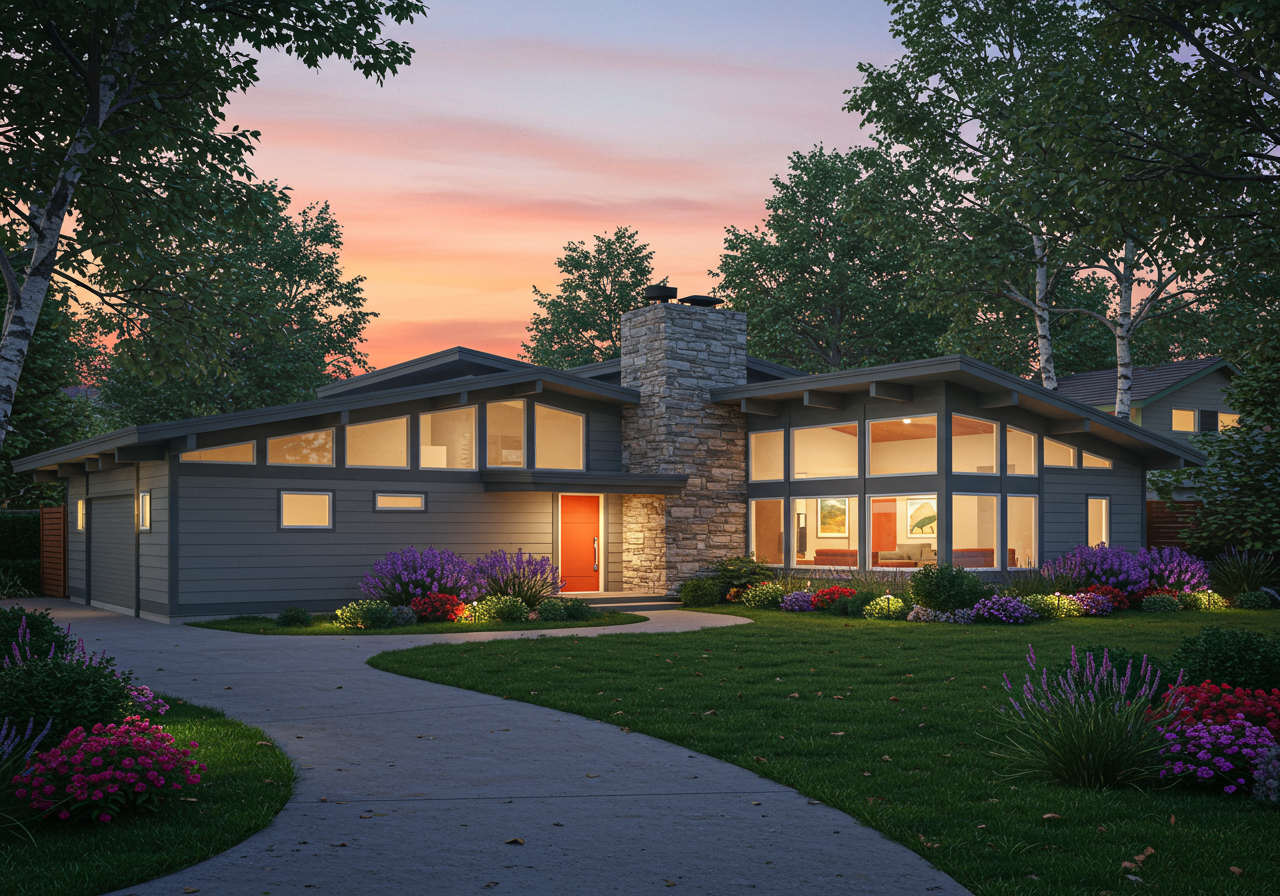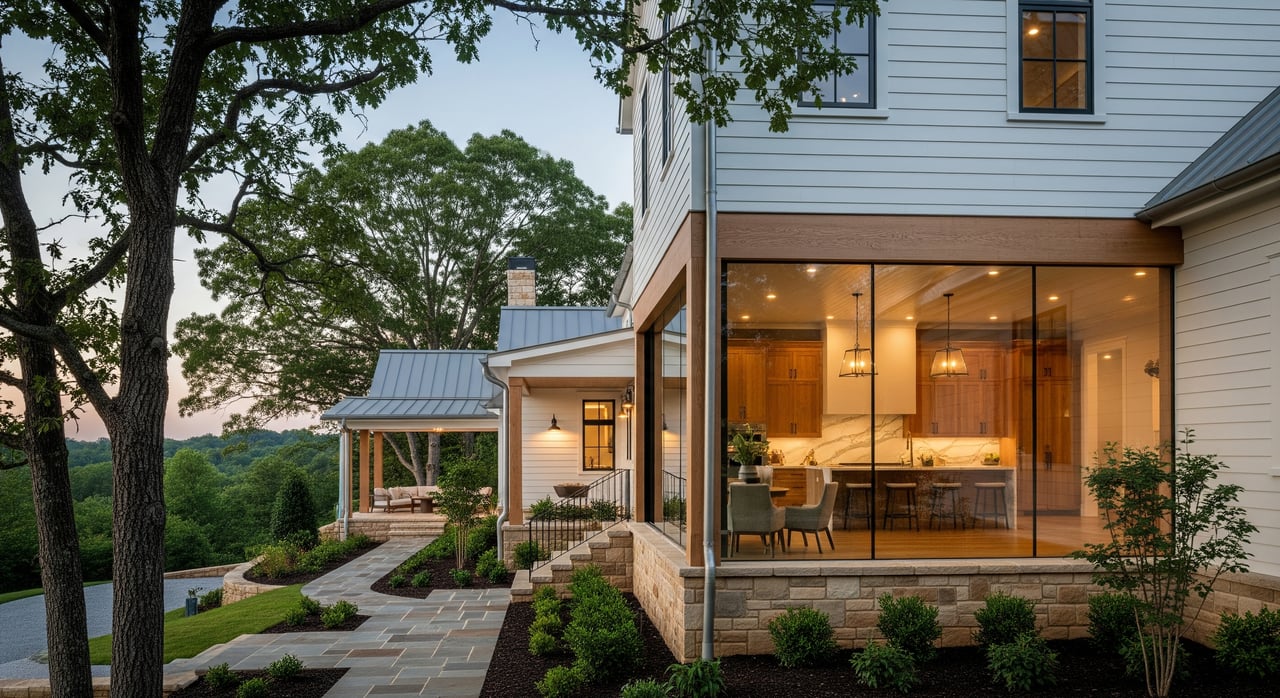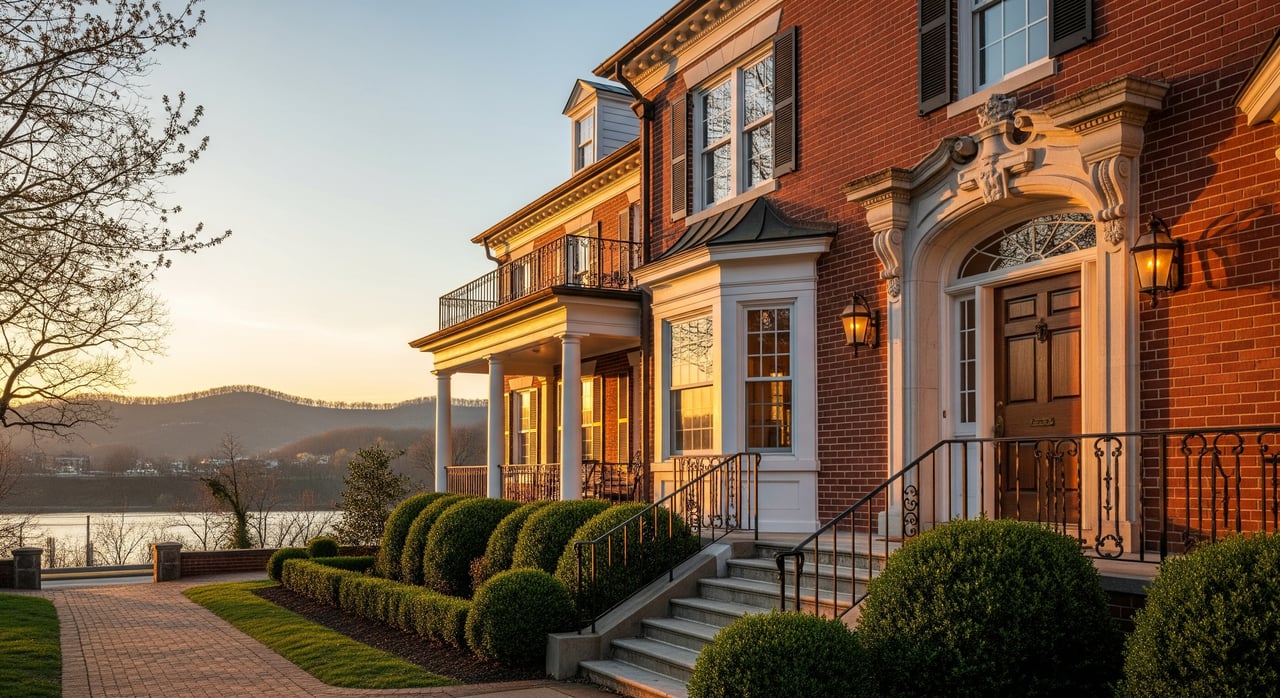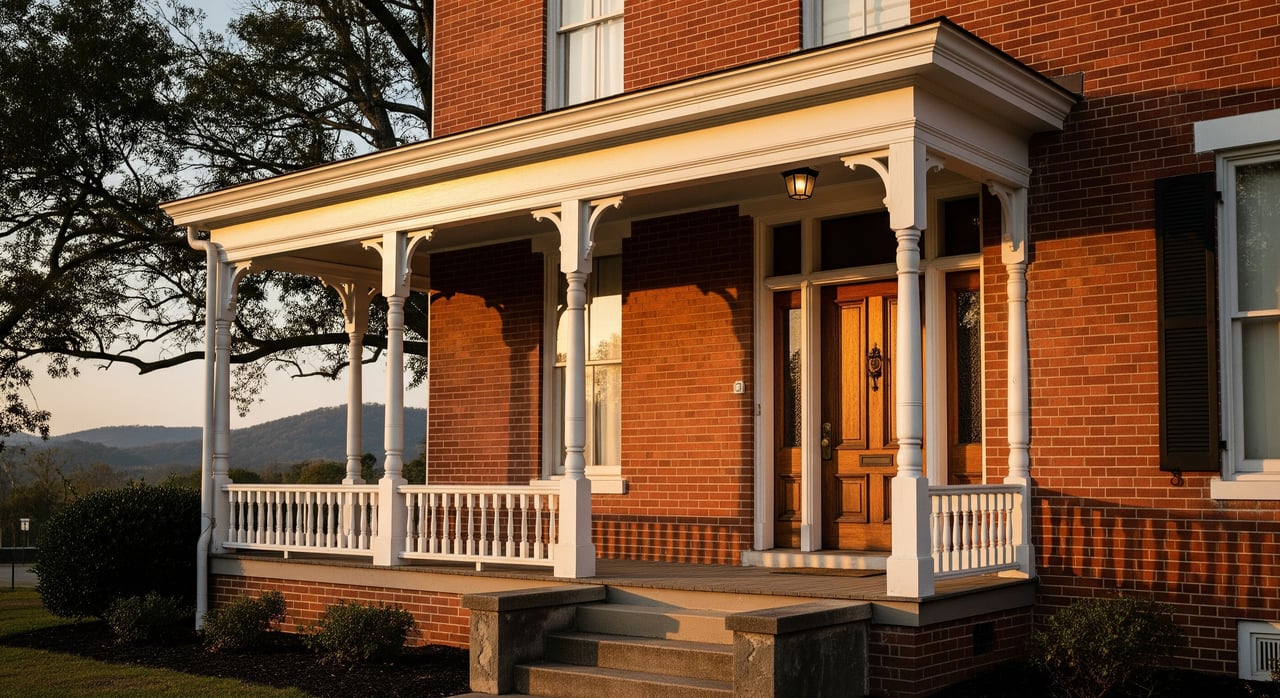Hubert Bebb, a prominent architect, made a lasting impact on the architectural landscape of East Tennessee.
Born in 1916, Bebb studied architecture at the University of Pennsylvania and later at the Illinois Institute of Technology under the mentorship of Ludwig Mies van der Rohe, a pioneer of modernist architecture. This foundational education shaped Bebb’s design philosophy, which combined modernist principles with a deep appreciation for natural landscapes.
In 1946, Bebb established his architectural firm, Trotter & Bebb, in Gatlinburg, Tennessee, which later became known as Tectonics. The firm quickly gained a reputation for innovative designs that harmonized with the rugged beauty of the Smoky Mountains. Tectonics specialized in creating structures that not only complemented their surroundings but also showcased cutting-edge design techniques.
One of Bebb’s most iconic contributions is the design of the Sunsphere, a futuristic structure created for the 1982 World’s Fair in Knoxville, Tennessee. The Sunsphere stands as a symbol of innovation and progress, rising 266 feet with its distinctive gold-tinted glass sphere. The design of the Sunsphere reflects Bebb’s ability to blend modernist aesthetics with functional public spaces. Its unique structure was intended to represent the theme of the World’s Fair: "Energy Turns the World."
The Sunsphere’s construction presented several engineering challenges, which Bebb and his team at Tectonics overcame with remarkable ingenuity. The structure’s sphere is composed of 360 panes of glass, each coated in 24-karat gold dust, giving it a unique reflective quality. The observation deck offers panoramic views of Knoxville and the surrounding Smoky Mountains, embodying Bebb’s vision of integrating natural beauty with human-made structures.
Beyond the Sunsphere, Hubert Bebb and Tectonics left an indelible mark on the residential architecture of East Tennessee. Bebb designed numerous homes in the region, each reflecting his philosophy of creating harmony between the built environment and the natural world. These homes often featured large windows, natural materials, and open floor plans that invited the beauty of the outdoors inside.
Bebb’s residential designs were characterized by their thoughtful integration into the landscape. He often utilized locally sourced materials, such as wood and stone, to ensure that the homes blended seamlessly with their surroundings. This approach not only enhanced the aesthetic appeal of the homes but also promoted sustainability by reducing the environmental impact of construction. It is believed that the home at 404 6th Street in Newport Tennessee was his last design.
One notable example of Bebb’s residential work is the Arrowmont School of Arts and Crafts campus in Gatlinburg, where he designed several buildings that serve as studios and living spaces for artists. These structures exemplify Bebb’s commitment to creating functional yet beautiful spaces that inspire creativity and connect with nature.
Throughout his career, Hubert Bebb received numerous accolades for his contributions to architecture. He was a Fellow of the American Institute of Architects (AIA) and received the AIA’s Award of Excellence. Bebb’s legacy continues to influence contemporary architecture, particularly in the realm of sustainable and context-sensitive design.
Hubert Bebb’s work as an architect and founder of Tectonics has left a profound legacy in East Tennessee and beyond. His innovative designs, epitomized by the iconic Sunsphere, demonstrate a unique blend of modernist principles and a deep respect for the natural environment. Through his residential and public structures, Bebb has created lasting landmarks that continue to inspire and captivate those who experience them.
